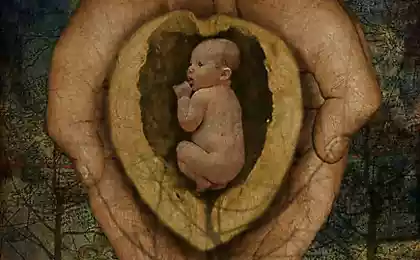1645
Facts about the color (10 photos)
Everything that surrounds us has a certain color, even the universe has a color.
1. The perception of color: technically, there is no color

The color is created by our brain, when he tries to understand the signals of the light received from the outside world. In other words, the color - is that there are in our heads. Without it, our world - a monochrome place that looks more like a scene from the movie "The Matrix", filled with electromagnetic radiation of different intensities and wavelengths.
2. Men and women have different views on red
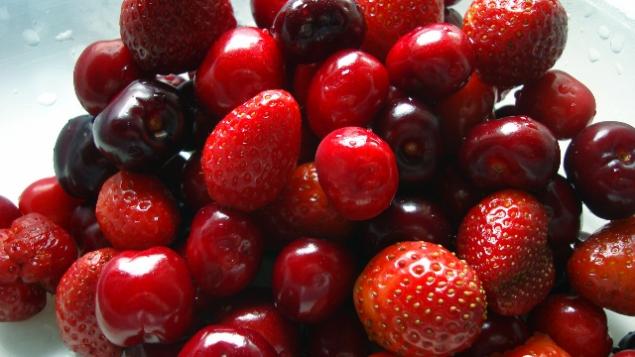
While women see burgundy, maroon, crimson, men basically just see the red color, without shades. As it turned out, this difference is due to genetically.
Scientists from the University of Arizona found that the gene responsible for the perception of red, is on chromosome X. Since women have two chromosomes X, and males only one, the weaker sex more receptive to the whole range of red.
3. Silver color - the safest car

If you decide to buy a car and you can not decide which is better, stop your choice on silver car.
Scientists from the University of Auckland in New Zealand investigated the relationship between the color of the car and the risk of accidents, taking into account many other factors such as age, sex, use of seat belts and the conditions on the road. As it turned out, the silver car less often become victims of accidents, as they are more visible on the road and in the dim light.
4. Pink calms nerves

Pink is considered soothing color that is often used in prisons and psychiatric institutions to calm those who go out of control. Pink reduces hostility among prisoners, and reduces aggression and anxiety.
5. Blue - favorite color in the world
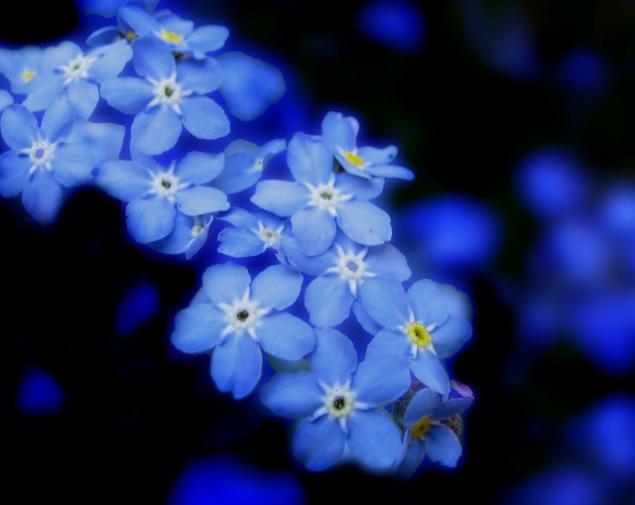
Blue - the favorite color in the world. The second color that most people prefer - purple. A survey conducted in 17 countries showed that about 40 percent of people in the world consider it their favorite color is blue. Purple chosen 14 percent of people in the world. Least favorite color in most countries - white.
6. Fear of color is called hromofobiya
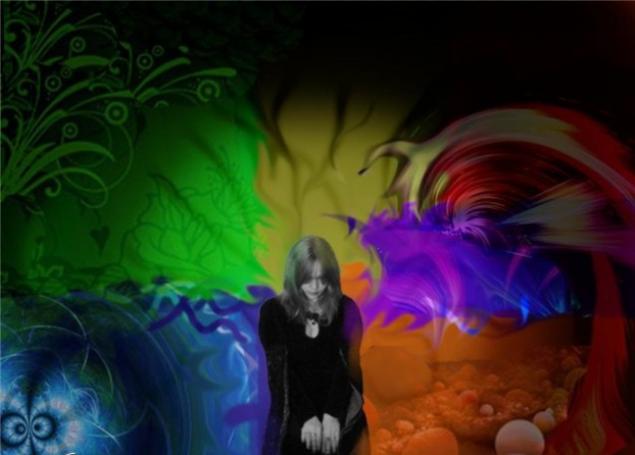
Hromofobiya or chromophobe - a rare, persistent and irrational fear of certain colors. Some people with this disorder there is a strong reaction to certain colors, while others generally try to avoid some flowers. They experience symptoms such as nausea, dizziness, shortness of breath, a sense of panic, increased frequency of heart beats and blood pressure, anxiety, headache and shivering. Treated color phobia various methods of psychotherapy.
7. Taste the food depends on the color of dishes

A recent study has once again confirmed that color affects our dishes taste perception. According to the research seems to us hot chocolate tastes best in cups orange.
Previously, scientists have found that cool colors such as blue are more suitable for drinks, than, for example, red and pink drinks are often perceived as sweet.
8. The color wheel - the best way to navigate the colors

It was first invented by Sir Isaac Newton and later improved by other experts. The color wheel shows how the primary colors are mixed to create other distinct shades. Traditionally, the color wheel includes:
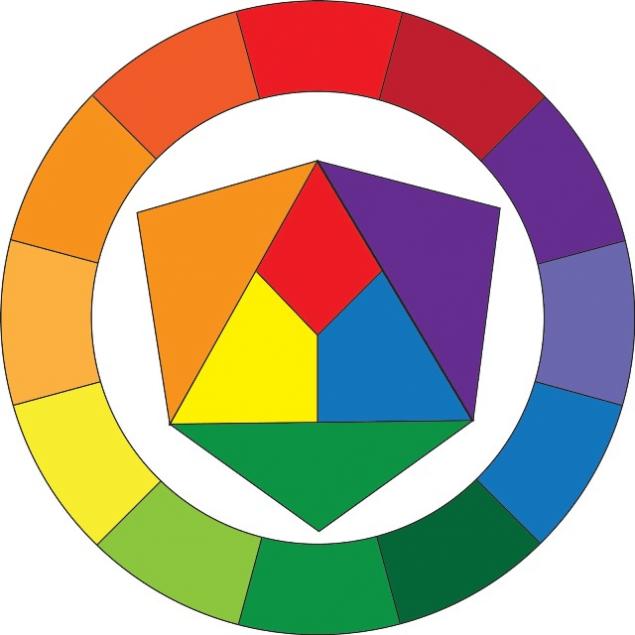
Primary colors (red, yellow, blue)
The secondary colors (green, orange and purple), which are obtained by mixing the primary colors
Auxiliary colors - colors which are obtained by mixing the primary colors with secondary colors. These are colors like blue-green, red-violet, yellow-orange.
The color wheel helps us better understand how the colors relate to each other and which combination creates a harmonious combination.
9. The color of the universe - the cosmic latte

Astronomers say that the universe has a color and that color was called "cosmic latte." In 2001, scientists from Johns Hopkins University, the color averaged 200,000 galaxies and were beige and white color.
10. Black and white - the color or lack of color?

They are black and white? This is one of the most contentious issues. If you ask an artist or child, black - the color and the white - is the absence of color. From a scientific point of view, black is the absence of all colors and white - mixing all colors. When there is no light, everything becomes black. Sunlight - a white light, which includes all the colors of the spectrum. An example of this is the rainbow. We can not see the color of sunlight, except for the atmospheric conditions under which the light rays are refracted, creating a rainbow.
By the way a few years ago, scientists have created the material "blacker than black" of carbon nanotubes, which absorbs 99 percent of the ultraviolet, visible, infrared and far-infrared light.
Source: listverse.com
1. The perception of color: technically, there is no color

The color is created by our brain, when he tries to understand the signals of the light received from the outside world. In other words, the color - is that there are in our heads. Without it, our world - a monochrome place that looks more like a scene from the movie "The Matrix", filled with electromagnetic radiation of different intensities and wavelengths.
2. Men and women have different views on red

While women see burgundy, maroon, crimson, men basically just see the red color, without shades. As it turned out, this difference is due to genetically.
Scientists from the University of Arizona found that the gene responsible for the perception of red, is on chromosome X. Since women have two chromosomes X, and males only one, the weaker sex more receptive to the whole range of red.
3. Silver color - the safest car

If you decide to buy a car and you can not decide which is better, stop your choice on silver car.
Scientists from the University of Auckland in New Zealand investigated the relationship between the color of the car and the risk of accidents, taking into account many other factors such as age, sex, use of seat belts and the conditions on the road. As it turned out, the silver car less often become victims of accidents, as they are more visible on the road and in the dim light.
4. Pink calms nerves

Pink is considered soothing color that is often used in prisons and psychiatric institutions to calm those who go out of control. Pink reduces hostility among prisoners, and reduces aggression and anxiety.
5. Blue - favorite color in the world

Blue - the favorite color in the world. The second color that most people prefer - purple. A survey conducted in 17 countries showed that about 40 percent of people in the world consider it their favorite color is blue. Purple chosen 14 percent of people in the world. Least favorite color in most countries - white.
6. Fear of color is called hromofobiya

Hromofobiya or chromophobe - a rare, persistent and irrational fear of certain colors. Some people with this disorder there is a strong reaction to certain colors, while others generally try to avoid some flowers. They experience symptoms such as nausea, dizziness, shortness of breath, a sense of panic, increased frequency of heart beats and blood pressure, anxiety, headache and shivering. Treated color phobia various methods of psychotherapy.
7. Taste the food depends on the color of dishes

A recent study has once again confirmed that color affects our dishes taste perception. According to the research seems to us hot chocolate tastes best in cups orange.
Previously, scientists have found that cool colors such as blue are more suitable for drinks, than, for example, red and pink drinks are often perceived as sweet.
8. The color wheel - the best way to navigate the colors

It was first invented by Sir Isaac Newton and later improved by other experts. The color wheel shows how the primary colors are mixed to create other distinct shades. Traditionally, the color wheel includes:

Primary colors (red, yellow, blue)
The secondary colors (green, orange and purple), which are obtained by mixing the primary colors
Auxiliary colors - colors which are obtained by mixing the primary colors with secondary colors. These are colors like blue-green, red-violet, yellow-orange.
The color wheel helps us better understand how the colors relate to each other and which combination creates a harmonious combination.
9. The color of the universe - the cosmic latte

Astronomers say that the universe has a color and that color was called "cosmic latte." In 2001, scientists from Johns Hopkins University, the color averaged 200,000 galaxies and were beige and white color.
10. Black and white - the color or lack of color?

They are black and white? This is one of the most contentious issues. If you ask an artist or child, black - the color and the white - is the absence of color. From a scientific point of view, black is the absence of all colors and white - mixing all colors. When there is no light, everything becomes black. Sunlight - a white light, which includes all the colors of the spectrum. An example of this is the rainbow. We can not see the color of sunlight, except for the atmospheric conditions under which the light rays are refracted, creating a rainbow.
By the way a few years ago, scientists have created the material "blacker than black" of carbon nanotubes, which absorbs 99 percent of the ultraviolet, visible, infrared and far-infrared light.
Source: listverse.com

















